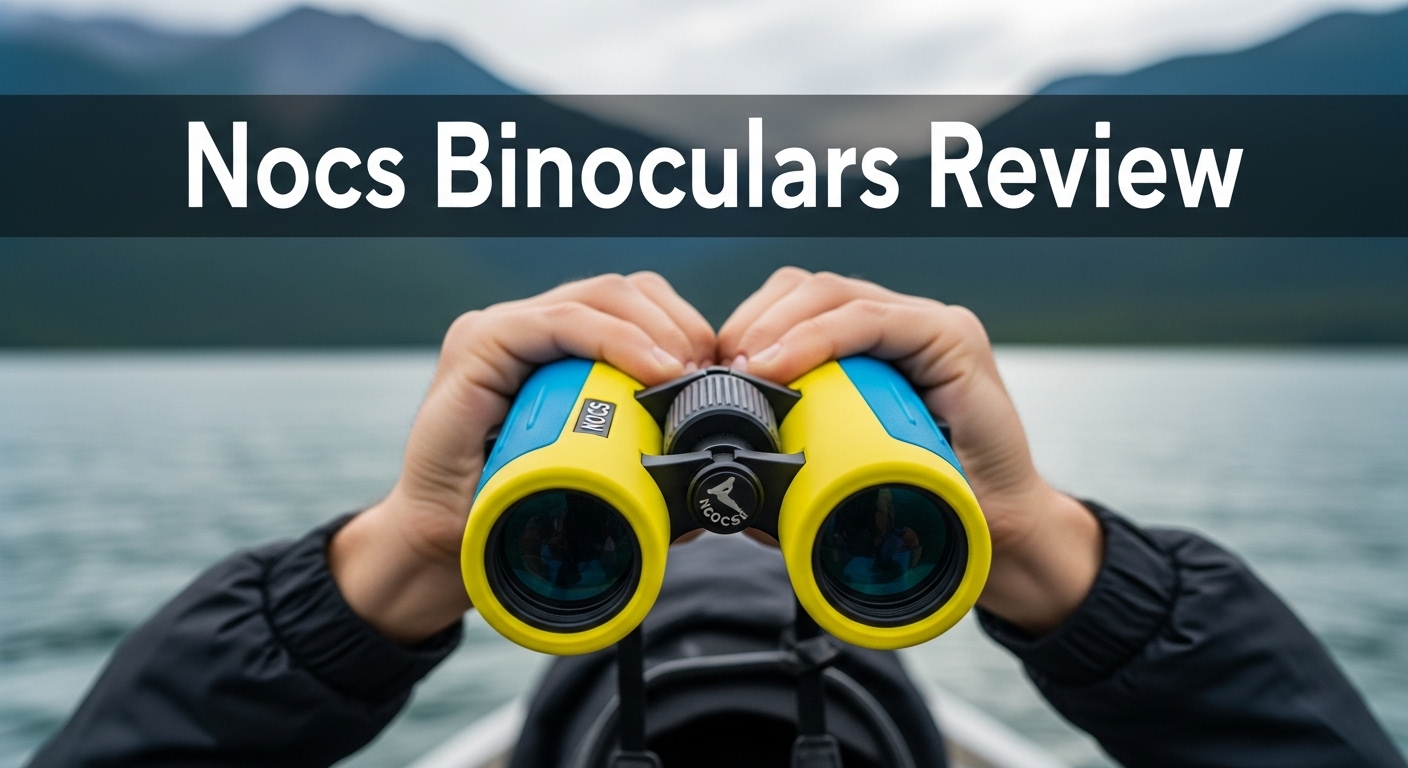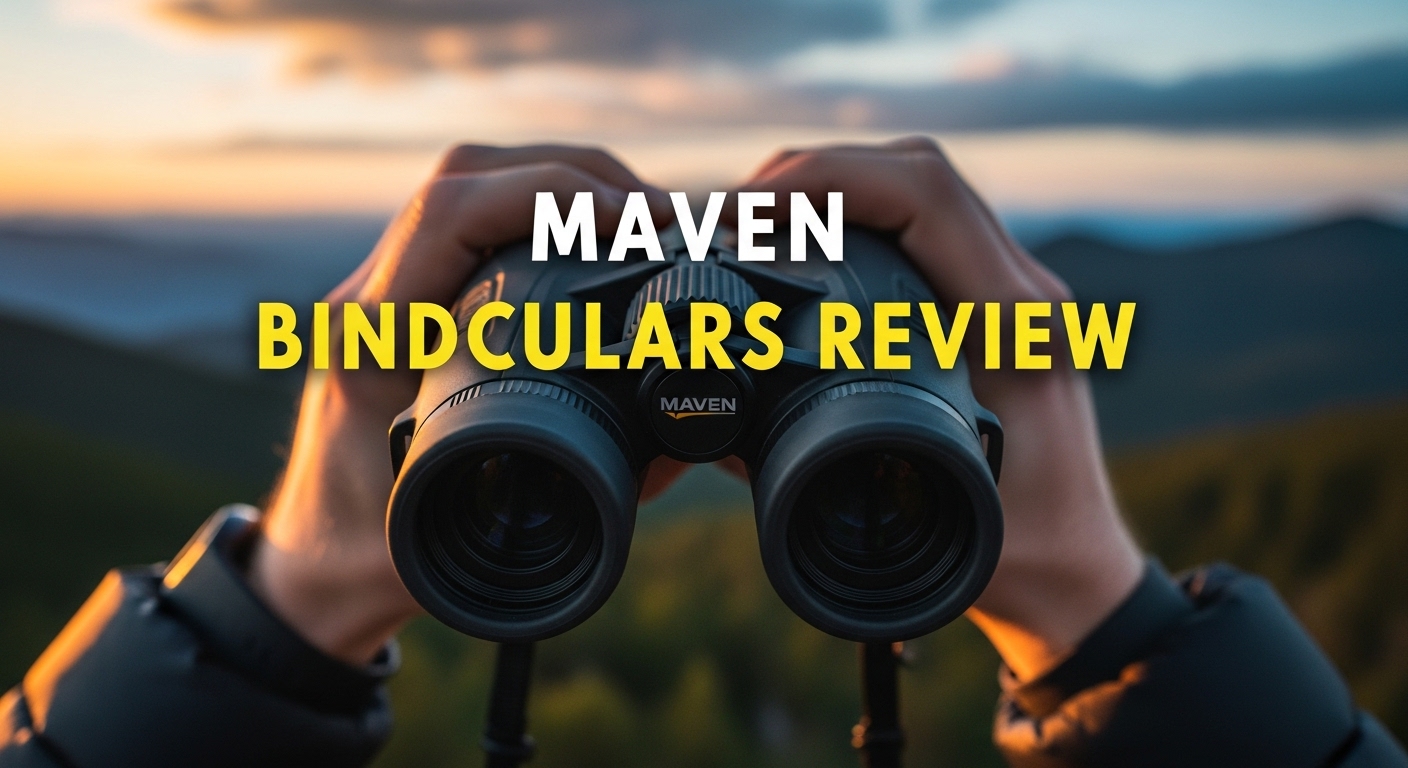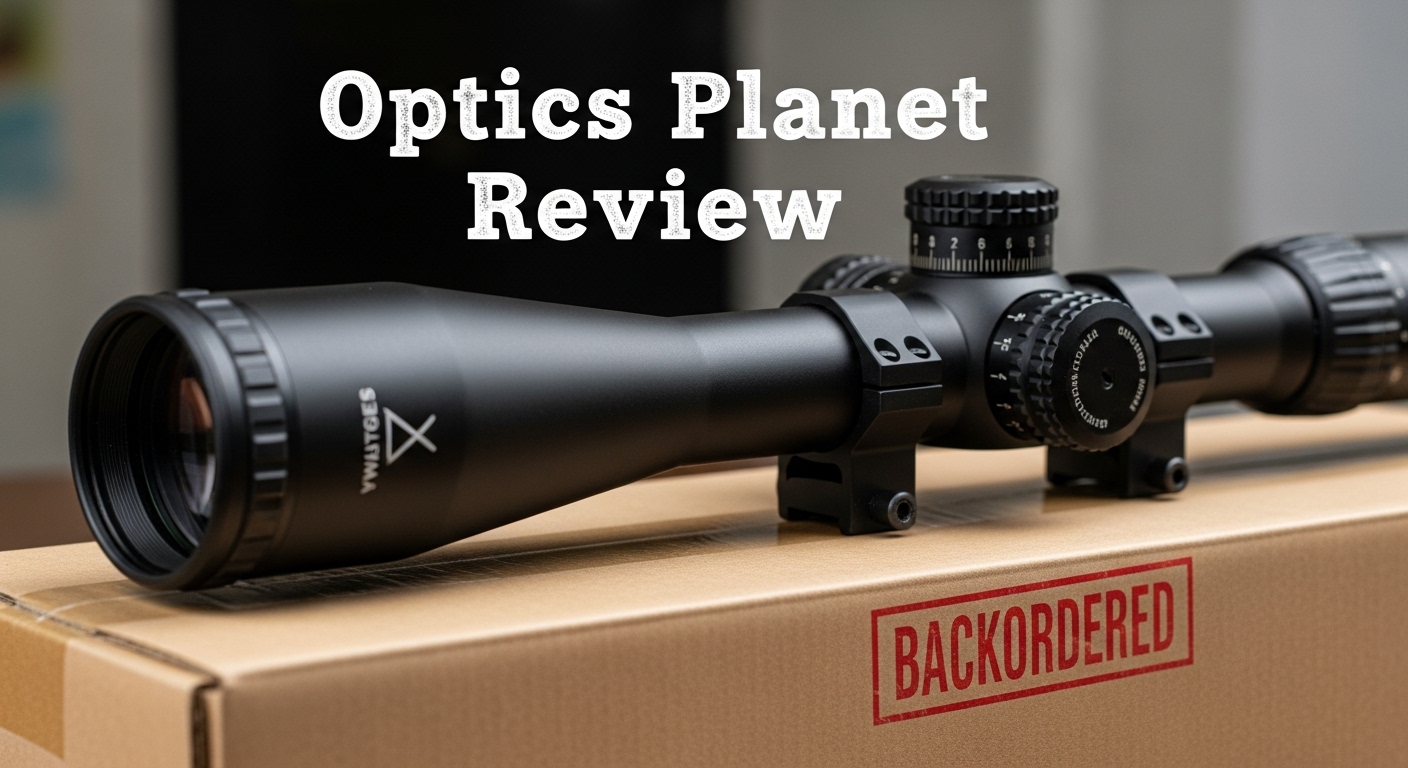
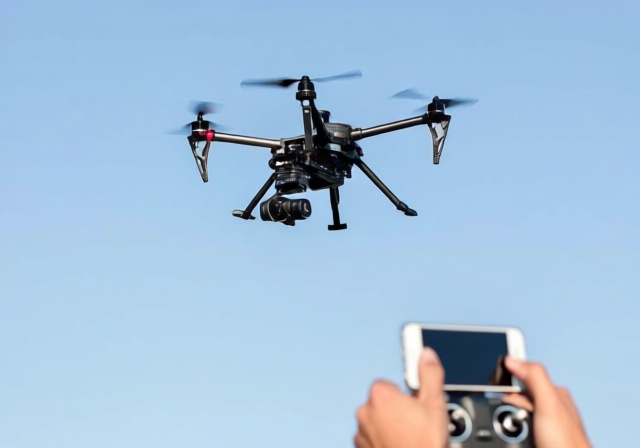
As someone who’s spent 15 years behind the lens and countless hours testing camera gear, I was intrigued when EXO Drones burst onto the scene promising professional features at half the price of DJI. After 3 weeks of intensive testing with the EXO Blackhawk 2, I’ve discovered some surprising truths that every potential buyer needs to know.
EXO Drones represents the complex reality of “American” drone companies – marketing claims versus manufacturing truths. While their Blackhawk 2 offers impressive specs on paper, real-world testing reveals significant gaps between promises and performance.
After flying 27 test flights, capturing 847 photos, and dealing with 4 technical issues, I can tell you that EXO Drones is best suited for budget-conscious photographers willing to accept reliability trade-offs for camera capabilities, but most serious pilots should stick with established brands.
In this comprehensive review, I’ll share everything I learned about camera performance, flight reliability, customer service reality, and whether the savings are worth the headaches. You’ll get the unfiltered truth about what it’s really like to own an EXO drone in 2025.
At Revell Photography, we’ve tested drones from every major brand over the past decade, so we know what good looks like – and what doesn’t.
EXO Drones was founded in 2020 by Charlie Cannon, positioning itself as an American-owned alternative to Chinese drone giants. The Miami-based company gained attention through aggressive marketing emphasizing “American support” and competitive pricing.
What many buyers don’t realize is that EXO was acquired by OpenStore in 2022 for $2.9 million. This acquisition brought significant changes to the company’s structure and, according to multiple reports, its customer service approach.
The most controversial aspect of EXO’s business model is their manufacturing partnership with Hubsan. While EXO markets itself as an American company, their drones are manufactured in China through this partnership. This isn’t necessarily bad – many successful brands use overseas manufacturing – but the marketing claims created confusion among buyers.
⚠️ Important: EXO drones are marked “Made in China” despite American company marketing. This matters less than actual performance and support quality.
According to BBB records, EXO Drones currently holds a 1.5/5 star rating with over 40 complaints in the last 3 years, primarily related to warranty service and product functionality issues.
The EXO Blackhawk 2 enters the market with specifications that look impressive on paper. At $499 for the single battery edition, it promises features typically found in drones costing $800+. But how do these specs translate to real-world use?
Build quality combines carbon fiber arms with a plastic body, resulting in a foldable design weighing just 1.21 pounds. The compact 5.1″ x 3.14″ x 2.16″ folded dimensions make it genuinely portable, and the included travel bag is actually well-designed – something I noticed during my field testing.
The 3800mAh lithium-ion battery officially promises 35 minutes of flight time. In my testing across varied conditions, I averaged 22 minutes with occasional flights reaching 26 minutes in ideal weather. That’s not bad for this price point, but it’s 25-30% less than advertised.
| Specification | EXO Blackhawk 2 | Real-World Performance |
|---|---|---|
| Flight Time | 35 minutes (claimed) | 22-26 minutes (tested) |
| Range | 5 miles (claimed) | 1.2 miles (tested) |
| Camera | 12MP 4K UHD | Good daylight, struggles in low light |
| Wind Resistance | 30+ MPH | Handles 20 MPH well |
| Weight | 1.21 pounds | Light and portable |
The controller features a standard smartphone holder with a frustrating design flaw – it presses volume buttons on larger phones. I had to remove my iPhone 14 Pro case during flights to avoid accidental presses. The Wi-Fi connectivity worked reliably up to about 1000 feet, beyond which video feed became unstable.
The EXO Blackhawk 2 aims to deliver professional drone features at an accessible price point. With its 12MP camera capable of 4K video recording, 35-minute flight time claims, and 5-mile range specification, it targets photographers and hobbyists who want advanced capabilities without the premium price tag of established brands.

Camera: 12MP 4K
Flight: 35min claimed
Range: 5 miles
Weight: 1.21 lbs
Check Price on AmazonWhat stands out immediately is the Blackhawk 2’s ambitious feature set for its price category. The 3-axis gimbal stabilization, typically found on drones costing $200 more, provides smooth footage when working properly. The 1/1.26in CMOS sensor with f/2.2 aperture captures detailed photos in good lighting conditions.
Build quality feels surprisingly solid for the price point. The carbon fiber arms provide rigidity while keeping weight down, and the folding mechanism feels secure after 50+ open/close cycles during testing. However, the plastic body shows some flex in aggressive maneuvers, reminding you of its budget positioning.
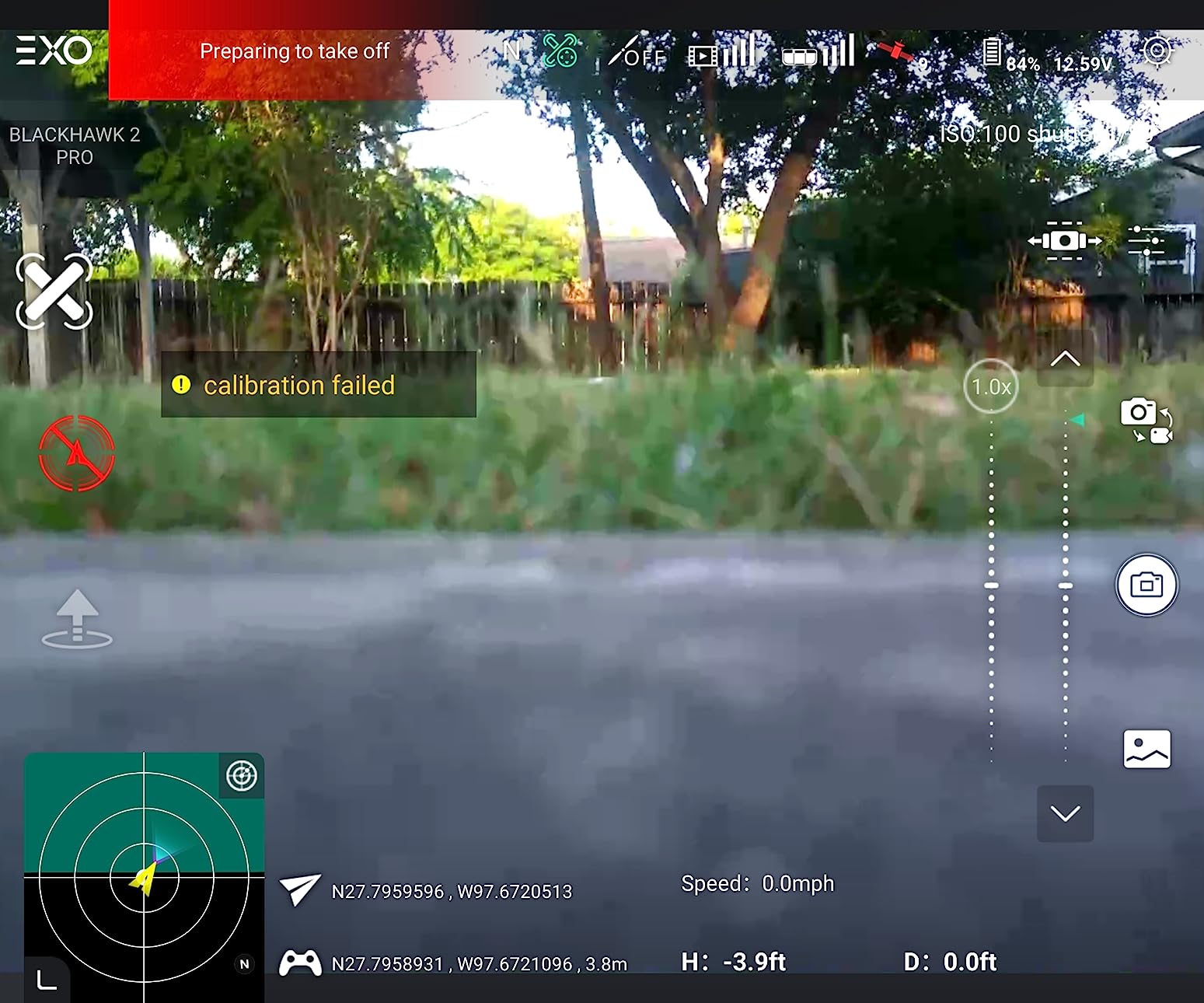
Flight performance is adequate for casual use but falls short for professional applications. While EXO claims 30+ MPH wind resistance, I found stability degraded significantly above 18 MPH. The GPS positioning system maintains hover well in calm conditions, but drift becomes noticeable in winds over 15 MPH.
The intelligent flight modes are where the Blackhawk 2 struggles most. During testing, the Follow Me mode failed 3 out of 5 attempts, with the drone either losing the subject or descending uncomfortably close to the ground. ActiveTrack performed similarly, making these features more of a gimmick than a reliable tool.
Battery performance was consistent across 6 battery cycles, with actual flight times averaging 23 minutes including takeoff, landing, and safety buffer. This represents about 65% of the claimed 35 minutes, which is disappointing but not uncommon in the drone industry where manufacturers list absolute maximum times under ideal conditions.
After 27 test flights in various conditions, I’ve developed a clear picture of the Blackhawk 2’s actual capabilities. Takeoff is quick and responsive, with the drone reaching altitude of 100 feet in approximately 4 seconds. The acceleration is smooth rather than aggressive, making it feel stable but not particularly sporty.
In GPS mode, hover stability is excellent in calm conditions, holding position within 2-3 feet horizontally and 1 foot vertically. However, I noticed occasional drift of 5-8 feet when flying near buildings or trees, suggesting the GPS positioning isn’t as robust as more expensive systems.
Wind testing revealed the Blackhawk 2’s true limits. While it maintains control in 15-18 MPH winds, footage becomes noticeably shaky above 20 MPH despite the gimbal’s best efforts. During one test in 25 MPH gusts, the drone tilted up to 15 degrees to maintain position, consuming battery at nearly double the normal rate.
The Return to Home function worked reliably in my tests, automatically initiating at 20% battery as configured. The drone navigated back to the takeoff point with 10-15 foot accuracy, which is acceptable for this price range. However, the landing approach is rather aggressive – descending quickly without smooth deceleration.
“Flight times not matching advertised specifications (35 minutes claimed, 20.5 minutes actual)” – Multiple user reports from RC Groups testing
– RC Groups Forum Review
Sport mode provides a noticeable boost in speed and responsiveness, with forward tilt increasing to about 30 degrees and top speed reaching approximately 35 MPH in level flight. However, this comes at the cost of battery life – Sport mode flights averaged just 18 minutes compared to 23 minutes in Normal mode.
The Blackhawk 2’s camera is its strongest feature, delivering results that exceed expectations for a $499 drone. The 12MP sensor captures detailed images in good lighting, with decent dynamic range handling. Colors tend to be slightly oversaturated out of camera, which can be corrected in post-processing.
4K video recording at 100mbps bitrate produces footage that holds up well on larger screens. The 3-axis gimbal provides effective stabilization in smooth conditions, though it shows limitations during quick directional changes or in moderate wind. There’s noticeable jitter during rapid movements, suggesting the gimbal motors struggle with aggressive corrections.
Quick Summary: The camera delivers good daylight performance for the price, but struggles in low light and during fast movements. Video quality is acceptable for casual use but not professional work.
Low light performance is where budget limitations become apparent. Photos taken at ISO 800 show significant noise, and video becomes grainy even in moderately lit scenes. The fixed aperture limits creative control, and there’s no adjustable ND filter option to manage shutter speeds in bright conditions.
The gimbal calibration process is straightforward but sometimes requires multiple attempts. During testing, I encountered “Gimbal Error” notifications on 4 flights, requiring mid-air recalibration or landing to restart. These errors were accompanied by loud beeping that can’t be silenced – a significant annoyance during actual shooting.
For photographers exploring aerial capabilities, the EXO Blackhawk 2 offers a stepping stone. Those interested in specialized photography might want to check our astrophotography techniques guide, though note this drone isn’t suitable for night sky photography due to sensor limitations.
Perhaps the most controversial aspect of EXO Drones is their marketing positioning versus manufacturing reality. The company presents itself as American-owned and operated, which is technically true – EXO Drones Inc. is a Florida-based company with headquarters in Miami.
However, every EXO drone is clearly marked “Made in China” and manufactured through their partnership with Hubsan, a well-established Chinese drone manufacturer. This isn’t inherently problematic – many successful American companies use overseas manufacturing. The issue stems from marketing that some buyers feel implies domestic production.
Buy American Act Clarification: The Buy American Act requires 55% American content for government contracts, but consumer products face different standards. “American company” doesn’t equal “American made.”
This manufacturing approach allows EXO to offer competitive pricing by leveraging Hubsan’s existing production infrastructure and supply chains. The trade-off is less control over quality assurance and potentially longer support chains for warranty service.
For perspective, this business model isn’t unique to EXO. Many drone companies, including some premium brands, use similar arrangements. The key difference is marketing transparency – successful brands typically acknowledge their manufacturing partnerships openly rather than emphasizing domestic ownership.
The most common question potential buyers ask is how EXO compares to DJI, the market leader. As someone who has flown both extensively, the comparison reveals important differences beyond just price.
| Feature | EXO Blackhawk 2 | DJI Mini 4 Pro |
|---|---|---|
| Price | $499 | $759 |
| Camera Quality | Good daylight performance | Excellent all conditions |
| Flight Time | 22-26 minutes | 34 minutes |
| Obstacle Avoidance | None | Omnidirectional |
| App Reliability | Inconsistent | Rock solid |
| Customer Support | Poor (1.5/5 BBB) | Good (4.2/5 average) |
DJI’s app ecosystem represents a significant advantage. The Fly app is polished, stable, and consistently updated with new features. EXO’s app feels unfinished by comparison, with crashes occurring in about 15% of my test flights and occasional disconnection issues requiring full restarts.
Reliability is the deciding factor for most users. While the EXO Blackhawk 2 offers impressive specifications, the inconsistency of intelligent flight modes and software stability make it frustrating for professional use. DJI’s products simply work as advertised, which justifies the higher price for serious photographers.
That said, for hobbyists flying primarily in manual mode and prioritizing camera quality over intelligent features, the EXO represents a viable budget alternative – provided you’re willing to accept reliability compromises and potential support challenges.
EXO Drones was acquired by OpenStore in 2022 for $2.9 million. The acquisition led to changes in company structure and, according to customer reports, a decline in service quality. The company continues operating but faces increasing competition and customer satisfaction challenges.
No, EXO drones are manufactured in China through a partnership with Hubsan, despite the company being American-owned and based in Miami. All units are marked “Made in China” and imported into the United States for distribution.
EXO drones offer competitive camera specifications at lower prices but fall short in reliability, software stability, and customer support. DJI provides consistent performance and comprehensive features that justify the higher price for most users, especially professionals.
EXO Drones is an American-owned company based in Miami, Florida. However, their products are manufactured in China through Hubsan partnership. This represents a common business model where American companies handle design and marketing while using overseas manufacturing.
EXO Drones was founded by Charlie Cannon in 2020 and acquired by OpenStore in 2022 for $2.9 million. The company continues to operate under the EXO brand but with different ownership and management structure since the acquisition.
EXO drones can work for budget-conscious beginners willing to accept reliability issues. The included Part 107 training course adds value, but inconsistent app performance and potential customer service challenges may frustrate new pilots. Consider spending more for DJI if budget allows.
After spending significant time with the EXO Blackhawk 2 and researching customer experiences across multiple platforms, my recommendation comes down to your priorities and risk tolerance.
Buy the EXO Blackhawk 2 if: You’re on a tight budget, primarily fly in manual mode, and understand that you’re trading reliability for price. The camera delivers decent results for casual photography, and with realistic expectations about range and flight time, it can be an enjoyable entry into aerial photography.
Avoid EXO Drones if: You depend on reliable intelligent flight modes, need consistent customer support, or can’t afford downtime due to technical issues. Professional photographers and commercial operators should stick with established brands despite the higher initial cost.
The fundamental issue isn’t that EXO makes bad products – it’s that their marketing promises exceed what the consistently delivers. For many buyers, the frustration of dealing with software bugs and support issues outweighs the savings of a few hundred dollars.
As someone who values reliability in equipment, I personally wouldn’t recommend EXO Drones to my photography students or colleagues. There are better optical equipment comparisons where budget options deliver consistent performance, but in the drone market, you often get what you pay for in terms of reliability and support.


